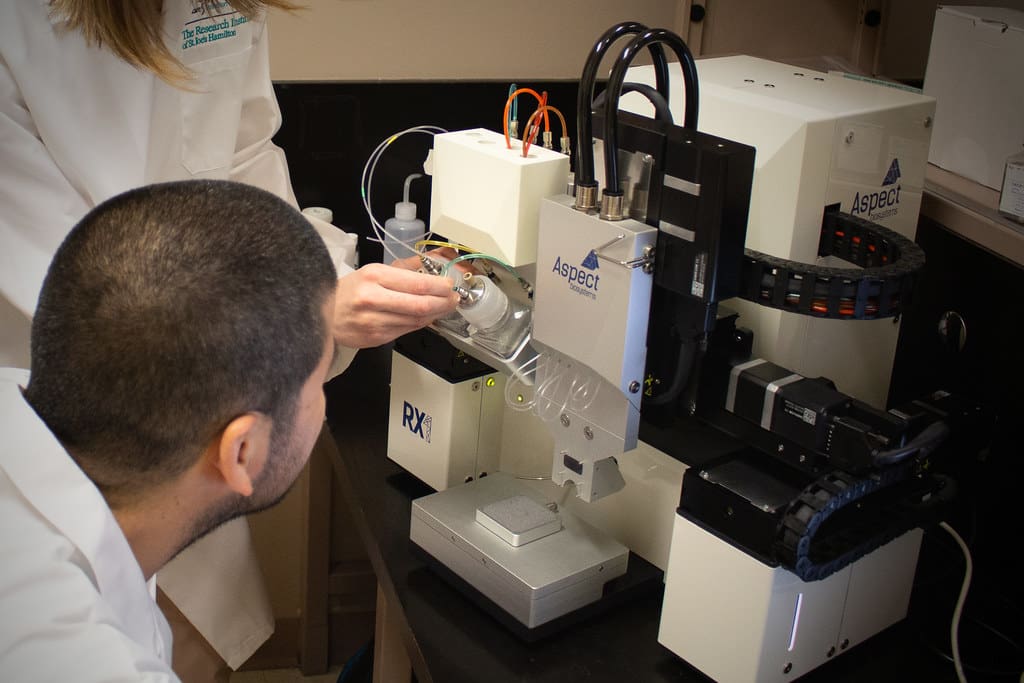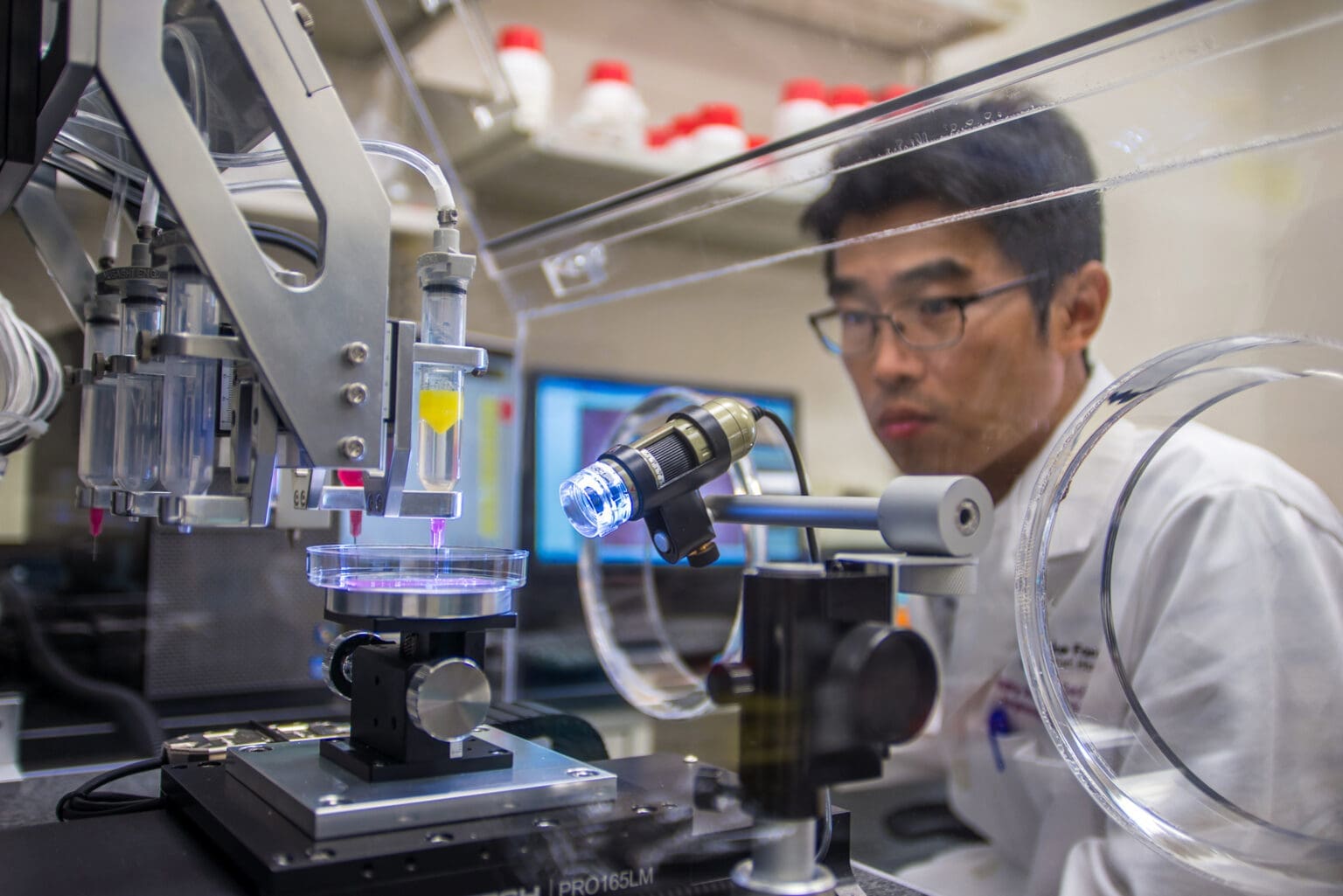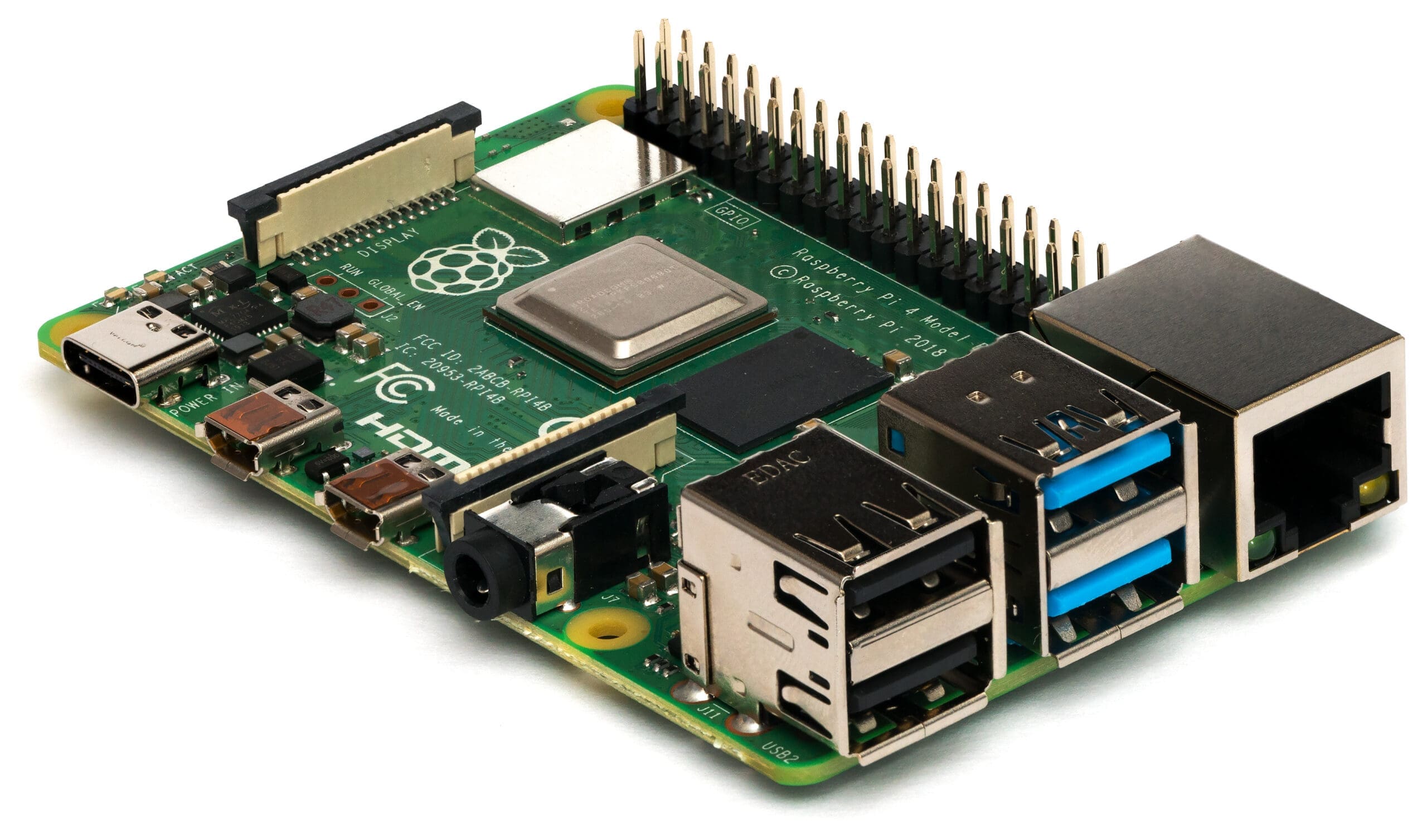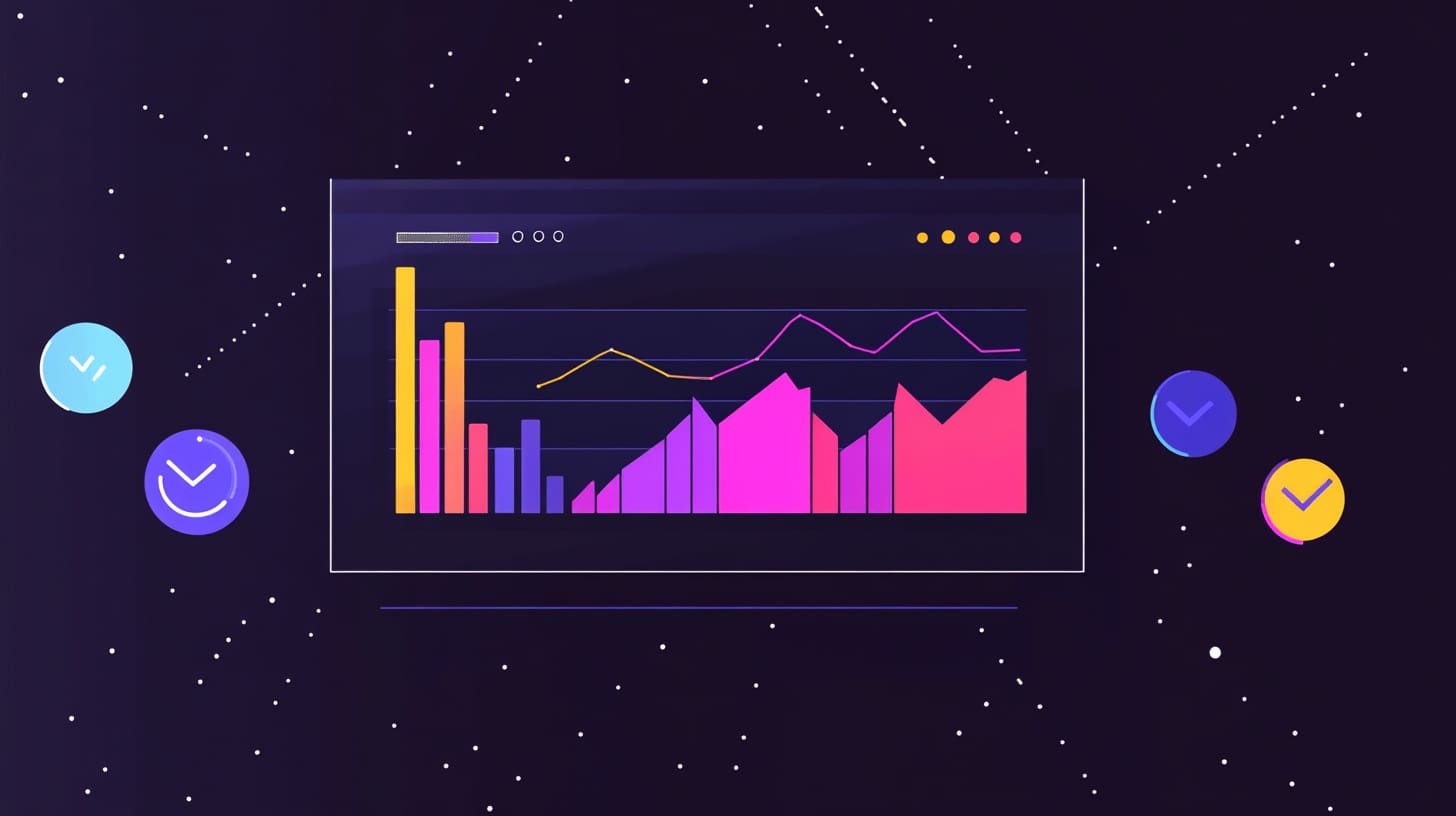Biosystems engineering, an interdisciplinary field combining biology, engineering, and technology, focuses on developing and improving systems to manage natural resources and address environmental challenges. As sustainability becomes increasingly critical, 3D printing, or additive manufacturing, is emerging as a transformative technology in this field. It offers revolutionary approaches to creating more efficient, innovative, and sustainable solutions in areas ranging from agriculture and food production to environmental conservation and bioenergy.
The Emergence of 3D Printing in Biosystems Engineering
Initially utilized for prototyping across various industries, 3D printing has evolved to include the production of functional, complex components suitable for biosystems engineering applications. This expansion is fueled by advancements in 3D printing technologies and materials that can meet specific environmental and biological requirements. Today, biosystems engineers use 3D printing to design systems and components that enhance resource efficiency, optimize biological processes, and improve ecological impacts.

Advantages of 3D Printing in Biosystems Engineering
Customization and Complex Geometries: 3D printing excels at creating intricate and precise structures that are often challenging with conventional manufacturing methods. This capability is crucial for developing components with complex geometries required in biosystems, such as biomimetic structures or tailored bioreactors.
Rapid Prototyping and Iterative Design: The ability to quickly produce prototypes allows for effective testing and refinement of designs, facilitating rapid innovation in biosystems projects. This is particularly valuable in research and development stages, where modifications may be frequent and critical.
Material Efficiency and Sustainability: Additive manufacturing minimizes waste by using only the material necessary to build a part, significantly reducing the environmental footprint. This aligns with the sustainability goals of biosystems engineering, promoting more eco-friendly production practices.
Integration of Bio-based Materials: 3D printing technologies have expanded to include bio-based materials, such as bioplastics and composite materials derived from agricultural waste. These innovations are particularly relevant in biosystems engineering, where materials often need to be biodegradable and sustainable.
Key Applications of 3D Printing in Biosystems Engineering
Bioreactors and Fermentation Systems: 3D printing is used to create customized bioreactors for applications such as microbial fermentation or algae cultivation. These systems can be designed with intricate internal structures that enhance mass transfer and optimize microbial growth conditions.
Water and Wastewater Management: Tailored solutions for water filtration, aeration systems, and chemical dispensers are being developed using 3D printing to address specific environmental and operational requirements in water treatment facilities.
Soil and Plant Science: In agricultural biosystems engineering, 3D printing contributes to the development of soil testing devices, custom planting tools, and systems for precision agriculture. These tools help optimize crop production and resource use efficiency.
Habitat Restoration and Wildlife Conservation: Custom structures for habitat restoration, such as artificial coral reefs or nesting sites, can be fabricated with 3D printing. These structures are designed to integrate seamlessly into natural environments and support conservation efforts.
Food Engineering: 3D printing is revolutionizing food production by enabling the creation of food items that are customized in shape, texture, and nutrition. This technology is particularly promising for developing new food systems that address specific dietary needs or sustainability goals.

Challenges in 3D Printing for Biosystems Engineering
Despite its potential, several challenges remain in the widespread adoption of 3D printing in biosystems engineering:
Material Compatibility and Durability: Ensuring that 3D-printed materials are compatible with biological systems and durable enough for long-term environmental exposure is essential. Ongoing research is needed to develop materials that meet these criteria while being economically viable.
Scalability of Production: While 3D printing is excellent for prototyping and small-scale production, scaling up to larger or commercial-scale applications can be challenging due to technical limitations and costs.
Regulatory and Ethical Considerations: As with any technology used in biosystems, 3D printing must navigate a complex regulatory landscape. Ensuring compliance with safety and environmental regulations is crucial, as is addressing any ethical concerns related to synthetic biology or genetically modified organisms if applicable.
Future Directions in 3D Printing for Biosystems Engineering
The future of 3D printing in biosystems engineering looks promising, with ongoing advancements in 3D printing technologies, materials science, and digital modeling expected to enhance its applications and efficiency. As these innovations continue, 3D printing is likely to become more integrated into the field, offering novel solutions that contribute significantly to sustainable development goals.
3D printing is set to continue its transformative impact on biosystems engineering, providing innovative solutions that enhance the design, functionality, and sustainability of systems managing natural resources and addressing environmental challenges. As the technology advances, it promises to redefine traditional approaches in the field, paving the way for more efficient, sustainable, and customized biosystems solutions.








